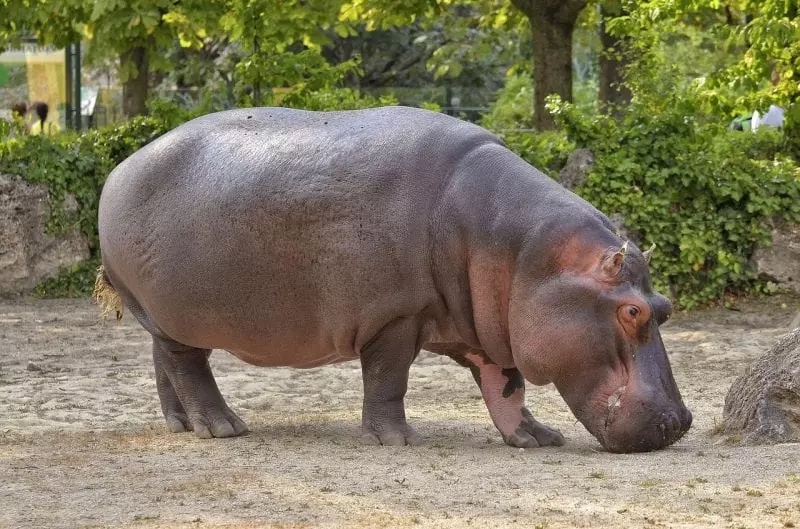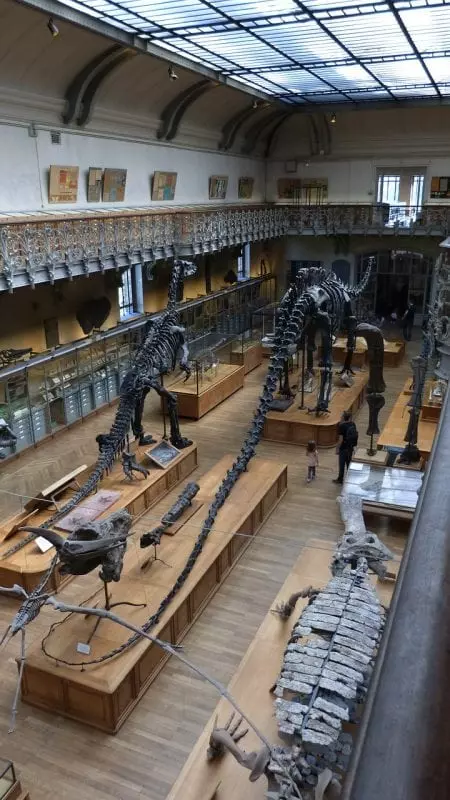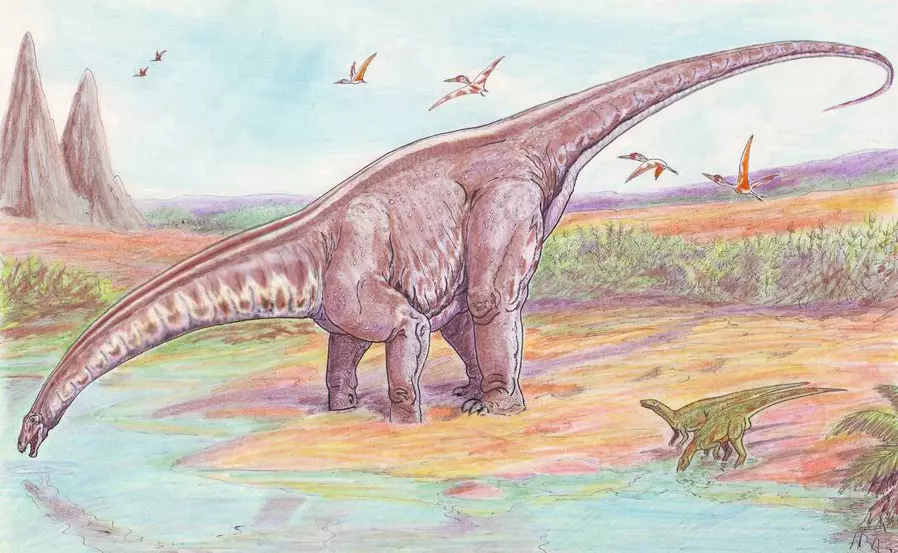In this series we’re discussing the Biblical creature called “behemoth” with the goal of determining its most likely identity. We’ve established that there are only three logical conclusions:
- Behemoth is mythological.
- Behemoth is a real animal existing somewhere on earth today.
- Behemoth was some type of real, but now extinct animal.
In Part 1, we effectively refuted the first option- that behemoth was merely a mythological creature. In this article, we’ll weigh the final two.
Could behemoth have been a real type of animal which still exists today?
In order to answer that question, one must consider if any animal existing on earth today fits the Scriptural description of behemoth. Historically, two candidates have been proposed: the elephant and the hippopotamus. However, there are major issues with attempting to identify either of these choices as the Scriptural behemoth.
Job 40:15-19 (NKJV):
“Look now at the behemoth, which I made along with you; He eats grass like an ox. See now, his strength is in his hips, And his power is in his stomach muscles. He moves his tail like a cedar; The sinews of his thighs are tightly knit. His bones are like beams of bronze, His ribs like bars of iron. He is the first of the ways of God; Only He who made him can bring near His sword.”
Thomas Aquinas (Catholic theologian 1225-1274) believed that behemoth was an elephant. However, most scholars agree that the elephant just doesn’t measure up. Behemoth is described as having incredible strength in its loins and the muscles of its belly, but the elephant is actually most vulnerable in its abdominal region. The elephant’s strength is in its head, neck, and tusks. Also, behemoth’s tail is compared in strength and length to a cedar tree. By contrast, the elephant has a comparatively short, wimpy tail.

The most common view noted in many Bible footnotes is that behemoth is a hippopotamus. Lyons notes that French scholar Samuel Bochartus popularized this identification in his 1633 work Hierizoicon. But when held to the Biblical description, the hippo doesn’t fare much better than the elephant. The King James translates that behemoth is “chief (ie- largest) of the ways of God”, yet, the elephant is twice the size of a hippo. Again, we have the same issue with the tail.


Definitely no comparison to a cedar tree. The cedar tree was the most massive tree known in the old region of Palestine, some growing as tall as 120 feet.

Finally, verse 19 indicates that no man could approach Behemoth with a sword and verse 24 (NASB) indicates that Behemoth can’t be snared by the nose, saying specifically “Can anyone capture him when he is on watch, With barbs can anyone pierce his nose?” This bit of information really flies in the face of ancient history. Lyons mentions that the Egyptians had festivals called “Harpooning the Hippopotamus” and quotes John Harley’s The Book of Job:
“Egyptian pharaohs took pride in slaying a hippopotamus. There are numerous pictures in which the pharaoh, hunting a hippopotamus from a papyrus boat, is poised to hurl his harpoon into the animal’s opened mouth, thereby inflicting a fatal blow.”
It certainly seems that if the hippopotamus was the creature that God had in mind when describing Behemoth, then His example is rendered pointless by the fact that God isn’t the only one who masters him.
Could behemoth have been a real animal that lived in Job’s time, yet is extinct today?
Behemoth’s attributes perfectly describe more than one species of massive herbivorous dinosaur. Mart-Jan Paul writing for Creation.com supplies some examples: Apatosaur had a massive tail and weighed about 30 tons; Ultrasaur could reach a height of 18 meters, length of 30 meters, and weigh 136 tons; Nigersaur was 15 meters long and thought to be a grass eater.
Speaking of tails, I can certainly see from this specimen located at the Paris Museum how the comparison to a cedar tree is appropriate:

Mart-Jan Paul notes that one Scriptural objection of identifying Behemoth as a dinosaur is noted with respect to Job 40:21 which states in the NIV “under the lotus plants it lies.” However, Paul argues that this is an erroneous translation on the part of the NIV. Other translations, such as the KJV read “he lieth under the shady trees.” He notes that the Ziziphus lotus which grows 2-5 meters tall is only present in dry climates, so it doesn’t fit here. Paul adds that the blue and the white lotus were common ancient Egyptian plants, which is probably why the NIV inserts them, but they are plants (not trees) so these cannot be what is referenced. He indicates that this verse may refer to a species of poplar common to the area which grew on the banks of streams and rivers to a height of several meters- plenty tall enough for a gargantuan dinosaur to rest under.
We certainly don’t have enough information to know specifically what dinosaur behemoth could have been, but what is clear is that a dinosaur much more accurately fits the description of behemoth than the alternatives.
Conclusion
Who is the real Behemoth? We can’t know for sure. We can logically deduce that it was a real creature at some point in the past and that no known living animal accurately fits his description. Therefore, the most reasonable conclusion is that behemoth was a large, docile animal with a formidable tail which is now extinct.







